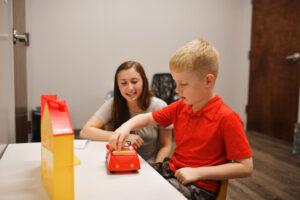
Watching our little ones grow and develop is a bittersweet experience. The pride and joy we feel as we watch our babies take on new skills and connect with the giant world around them is unlike anything else. But, when we expect to see certain milestones met and do not, other emotions can surface, such as stress, frustration, guilt, or even anxiety.
The fact is, our development relies on a hierarchy of skills. We need a solid foundation in order to acquire new, more advanced skills. Sure, sometimes we can squeak by through a shortcut or use of some compensatory approach (who remembers CliffNotes?!), but in general foundational skills are crucial in ensuring continued developmental progress and success.
The more we know about these precursor or prerequisite skills, the better equipped we are to get our little ones on the right track, and the better we may feel about our babies’ development.
In the world of communication, these skills are referred to as prelinguistic skills. You might be surprised to learn that most prelinguistic skills do not involve use of one’s voice at all. And, you can bet that if and when your child receives a speech and language evaluation, your speech language pathologist will ask about most or all of these skills. So let’s learn a bit more about them and why they’re so important.
Responds to Their Environment
We want children to be alert and responsive to sounds and events taking place around them. Some examples of this may be: jumping if something startles them, laughing at something silly, orienting to loud or unusual noises, or orienting to familiar people’s voices when they enter a room.
Responds to People
Communication is a social skill; one that requires an acknowledgment of other people and social interactions for the purpose of pure enjoyment and/or necessity. This may look like: smiling at others, putting arms out when approached, crying in anticipation of being picked up or held, looking up/orienting to a familiar voice or face, or crying if approached by an unfamiliar person.
Takes Turns
Communication is a two-way street and when we talk about turn-taking as a prelinguistic skill, we’re not really talking about sharing toys. Instead, we’re referring to the reciprocity or the back and forth flow we have when interacting with others. Turn-taking may look like: answering questions or sounds/gestures/an expectant look as if to say “Go on” or “Tell me more!”
Develops a Longer Attention Span
What we’re looking for here is simply a readiness to listen and learn. Inattention makes it hard to acquire new skills and absorb information.
Demonstrates Joint Attention
Joint attention tells us how children interact with social partners in more natural settings and situations. Usually, joint attention is initiated by one person, alerting another person to a particular person or event (e.g., “Hey, look!”). It may be conveyed through words, gestures (e.g., pointing), or other nonverbal methods such as looking at something, then back to a person to check if they are paying attention to the same thing.
Plays with a Variety of Toys
Play is the best way to measure how a child is learning. Children who don’t play with toys miss vital opportunities to acquire and practice a variety of skills, including language.
Understands Words and Follows Directions
A child must understand words before he/she can use those words to communicate. This may include: identifying familiar people and objects, responding to their own name, pointing to body parts, following routine commands/directions, or responding to/demonstrating recognition of the words “no” and “stop” (we don’t mean “complying”—that’s a topic for another blog).
Vocalizes Purposefully
This means a sound that is associated with a clear function or purpose. In typically developing babies, vocalizations become more and more intentional as they learn to coo, squeal, grunt, whine, and babble. With purposeful vocalizations, we may look for: making noises to get attention, looking at someone when they make a noise, or making sounds associated with a particular person/object/situation that become more consistent over time.
Imitates
Watch and do! Imitation is how we learn to do just about everything. Some early examples of imitation we might look for in babies are: facial expressions, body movements, actions with objects, sounds, and eventually words.
Uses Gestures to Communicate
This is important because it tells us that a child is connecting meaning with a nonverbal action. Gestures precede first words and in fact, many first words are accompanied by well rehearsed gestures. Gestures can carry obvious meaning such as clapping or waving. Other gestures may convey something a bit broader such as pointing to specify a want or reference something (i.e., “Look!”).
Initiates
Passiveness, or a child who primarily communicates when approached or asked questions is not going to be an effective communicator. We want to see children initiating when needing or wanting to communicate. If a communication partner is busy or unavailable, we’re looking for persistence and use of other strategies as needed to gain attention and be understood.
Happen to catch our August blog about AAC? Though they may be modified or adjusted based on a child’s individual abilities, these prelinguistic skills are important prerequisites with our nonverbal communicators, too!
If you would like more resources or information on prelinguistic skills, you can visit the American Speech-Language-Hearing Association.
If you are concerned or feel as if your child may benefit from early intervention services, please contact our office to receive an evaluation from a Speech-Language Pathologist.









